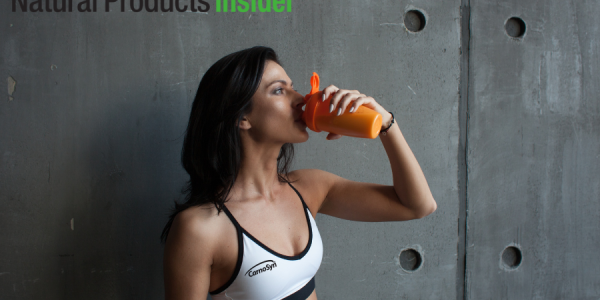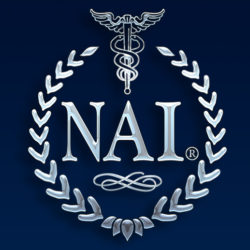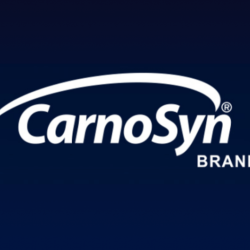Top 5 Techniques for Muscle Recovery that Work
Ask ten athletes their secret to muscle recovery, and you’ll likely end up with ten different answers. The options are seemingly endless, from heat to cold, supplements to juices, luxury treatments to home remedies. Training style, culture, access, and even climate can influence an athlete’s preferred methods. In addition to those factors, athletes tend to have strong feelings about what works and what doesn’t. If you haven’t waded into a semi-frozen body of water post-workout, have you even lived? The truth is, no matter how well a technique works for one athlete, it could be less effective for another. And what was effective in the past might be less effective in the present. Ultimately, there’s no one-size-fits-all. Instead, there are a variety of science-based methods that generate results. Here’s a list of the top 5 techniques for muscle recovery that work[1].
The Science Behind Muscle Soreness
We’ve all heard the phrase, no pain, no gain, and it’s certainly true when it comes to building muscle. But why do muscles become sore[2] in the first place? Muscles are built by being torn apart. These microscopic tears in the muscle fibers prompt inflammation. They also initiate an immune response, sending T-cells to the area. The lactic acid build-up, muscle fatigue, and prolonged recovery time are the pain points to avoid. So how do athletes speed muscle recovery and prevent soreness?
Top 5 Muscle Recovery Techniques Explained
- Massage. Most people equate getting a massage with a trip to the spa. However, this top technique for muscle recovery offers far more than a luxurious indulgence. The British Journal of Sports Medicine published a study that showed how massage therapy could impact the nervous system and reduce the pain caused by delayed onset muscle soreness (DOM). A massage can promote an increase in blood flow, circulation, and overall relaxation. In fact, many insurance providers recognize these health benefits and cover medical massages for patients with a diagnosed need.
- Acupuncture. For thousands of years, Eastern medicine has utilized acupuncture for recovery. The insertion of thin gauge needles into specific points on the body causes an immediate release of tension. Muscles may twitch, but this treatment does not typically cause any pain or discomfort. Additional stimulus is often added by attaching small electrodes to the needles and applying heat from a radiating heat lamp.
- Heat. Athletes have found that soreness is reduced by using heat, especially before a workout. Heat causes blood vessels to dilate and increases blood flow. With heat therapy, not only the body begins to relax, but also the mind. From heating pads to hot tubs[3], heat can have a very soothing effect.
- Ice. Some trace the “polar plunge” trend back to world record holder Paula Radcliffe. Immediately following the London Marathon in 2002, Radcliffe told BBC Sport, “It’s absolute agony, and I dread it, but it allows my body to recover so much more quickly.”[4] Since soreness is caused by inflammation and icing reduces inflammation, many athletes do find that it works. Some studies have found this technique to be ineffective or even counterproductive, but most agree that the temperature of the water and duration of the submersion are key factors. It’s safe to say this technique works for some but not all.
- Dietary Supplements. In addition to healthy foods and hydration, incorporating consistent dietary supplements is a technique to avoid muscle soreness and aid in recovery. Amino acids, antioxidant vitamins, and omega-3 fatty acids are the most popular supplements to aid muscle recovery and reduce soreness. One such amino is beta-alanine. It combines with histidine to form a dipeptide called carnosine. Over time, carnosine acts as a buffer to help delay the onset of lactic acid (pH decline) and muscle fatigue and failure while building endurance and improving recovery.
Over 55 clinical studies support the athletic performance benefits of CarnoSyn® beta-alanine. When taken at the proper dosage, CarnoSyn® supports muscle recovery and boosts athletic performance. In addition, increasing carnosine levels has also been proven to support cognitive function and overall systemic function while speeding up recovery time. The result is building better muscle faster.
Learn more about the benefits of muscle recovery with CarnoSyn®.
[1] https://www.popsci.com/muscle-recovery-tools-science/
[2] https://www.livescience.com/64146-why-muscles-sore-after-workout.html
[3] https://parade.com/1242650/stephanieosmanski/best-recovery-techniques/
[4] https://www.sportsperformancebulletin.com/other/pouring-cold-water-on-ice-baths/
TWO WAYS TO GET RESULTS
CarnoSyn® beta-alanine is available in two different forms—instant release and sustained release—offering two ways to dose. SR CarnoSyn® offers the same benefits as instant release CarnoSyn®, but in an advanced delivery system that allows for increased dosing for better results. When used in tandem, the combination of instant release and sustained release gives athletes the ability to stack their dosing for higher quantities of beta-alanine and even more performance gains.
CONTACT CARNOSYN® FOR MORE INFORMATION
Contact
Research has shown that the synergy between creatine and CarnoSyn® beta-alanine amplifies their individual effects,…
2024 Updated While women lead men in dietary supplement purchases, the industry is lacking in…
CARLSBAD, CA, APRIL 2, 2024—Natural Alternatives International, Inc. (“NAI”) (Nasdaq: NAII) today announced the expected…
CARLSBAD, CA, FEBRUARY 15, 2024—CarnoSyn® Brands and parent company Natural Alternatives International, Inc. (“NAI”) (Nasdaq:…














